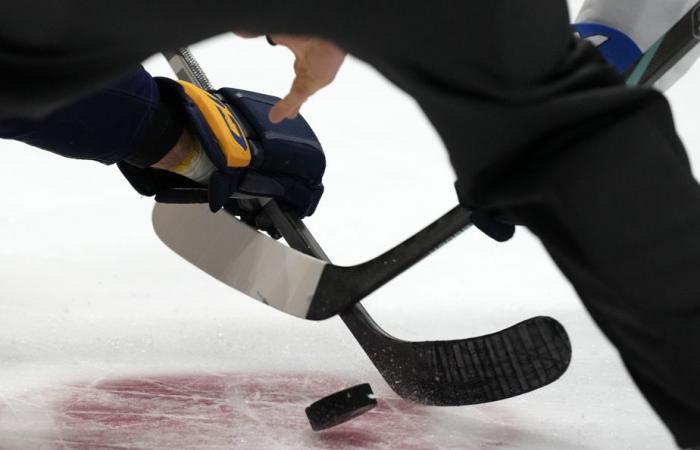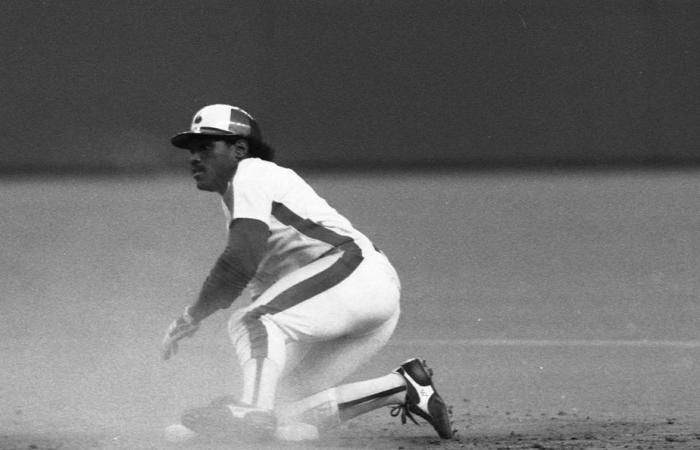Every week, journalists from the Sports team answer your questions.
Published at 8:00 a.m.
Submit your questions
The thin red line
What was the red line used for in the NHL? Why was it abolished?
Daniel Fournier
Response from Simon-Olivier Lorange:
Abolished before the 2005-2006 season, the red line was used to limit passes from one end of the ice rink to the other. The ban on making a pass crossing two entire zones forced players to exchange the puck either between the goal line and the center line, or between the two blue lines. The regulatory changes that occurred during the 2004-2005 lockout were almost all aimed at promoting offense and countering defensive systems that had become too opaque. By removing the red line, we wanted to open up the game more, and possibly increase the number of escapes. The physical line, however, remained on the ice in particular to better judge refused clearances.
The color of the ribbon of the sticks
PHOTO MARK HUMPHREY, ARCHIVES ASSOCIATED PRESS
NHL players choose white or black tape in similar proportions.
In hockey, is there a rule for the color of the tape on the paddle of a stick? We usually see black or white, but could a player wear red, yellow or another color? Could it also alternate between black and white on the same palette?
Marc-Olivier Boucher
Response from Simon-Olivier Lorange:
Article 10.1 of the NHL rulebook specifies that tape “of any color” may be applied to the stick. So, yes, players can virtually do whatever they want. However, there seems to be a consensus around white and black. A report from The Athletic published in 2023 highlighted that for the blade of their stick, players chose white or black in similar proportions. However, there is no consensual explanation on the virtues of one or the other color – otherwise everyone would choose the same one, we can deduce.
Canadian quarterbacks in the CFL
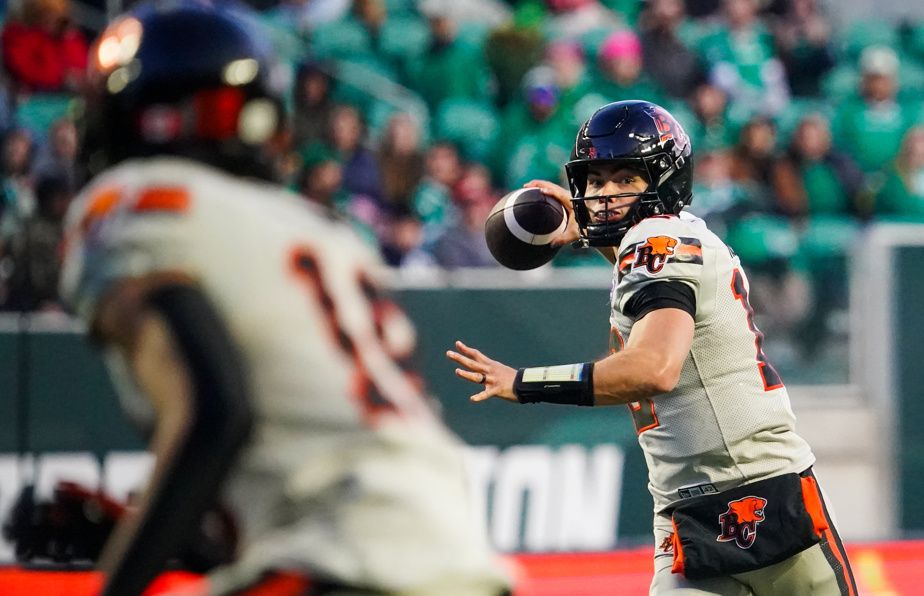
PHOTO HEYWOOD YU, CANADIAN PRESS ARCHIVES
Nathan Rourke, BC Lions
Why is there no Canadian quarterback in the CFL? What regulations would need to be changed for there to be one?
Guy Lamarre
Response from Nicholas Richard:
As unfortunate as it may seem, it’s simply that CFL teams consider quarterbacks from American universities to be better and more talented than Canadian quarterbacks. In fact, the level is higher in the NCAA than in the USports network. The Americans therefore a priori obtain better chances once they become professionals, because of this status and this history. You only have to think of the case of Hugo Richard, former star quarterback of the Rouge et Or at Laval University, who never had a real chance in the CFL. However, there are exceptions. BC Lions center Nathan Rourke was born in Victoria. The next interesting scenario will be that of Jonathan Sénécal, of the University of Montreal Carabins, considered the best Quebec quarterback in history, who should make the jump to the Canadian League in a year.
How to get started with bobsleigh?
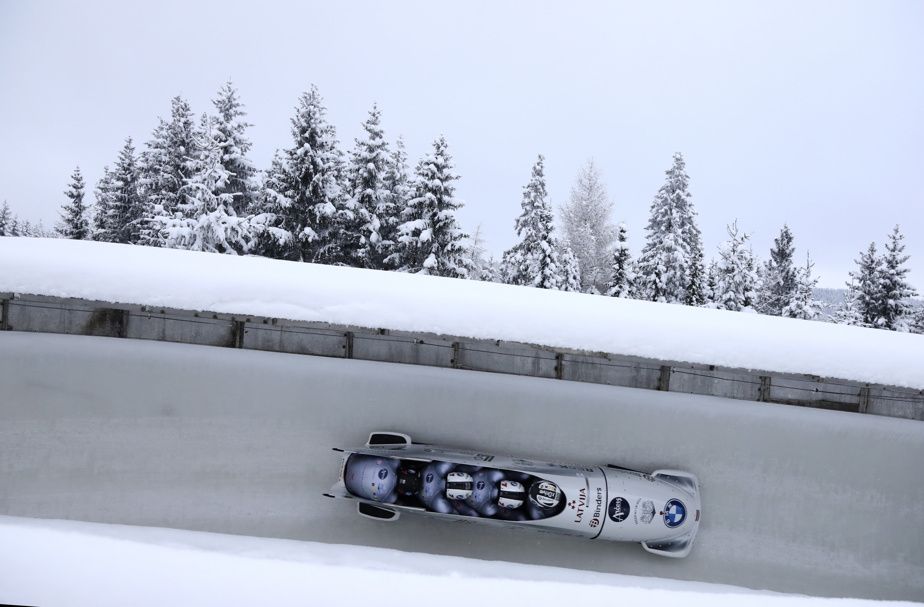
PHOTO MATTHIAS SCHRADER, ARCHIVES ASSOCIATED PRESS
Bobsleigh is a popular sport in Western Canada.
My son had a good question that I didn’t have an answer to. How do bobsleigh athletes learn about their sport? In major sports, it’s easy, there are minor leagues in which young people start and progress, but in bobsleigh? No memory of seeing a midget bobsleigh tournament.
Serge LeBlanc
Response from Nicholas Richard:
The answer to your question is both simple and fascinating: word of mouth. Medalist Christine de Bruin already explained to me that bobsleigh, like other Olympic disciplines, attracted athletes especially late in life. As you said, this type of discipline is much less accessible than hockey, for example. Especially here in Quebec, while bobsleigh is more popular in Western Canada. So, Christine de Bruin, like the other members of the national team, initially developed in other sports. Like the majority of bobsledders, she had started out in athletics. Then, one thing led to another, by coaches or programs, they were redirected towards bobsleigh in their twenties. This is the most popular trajectory.
Triple after triple!
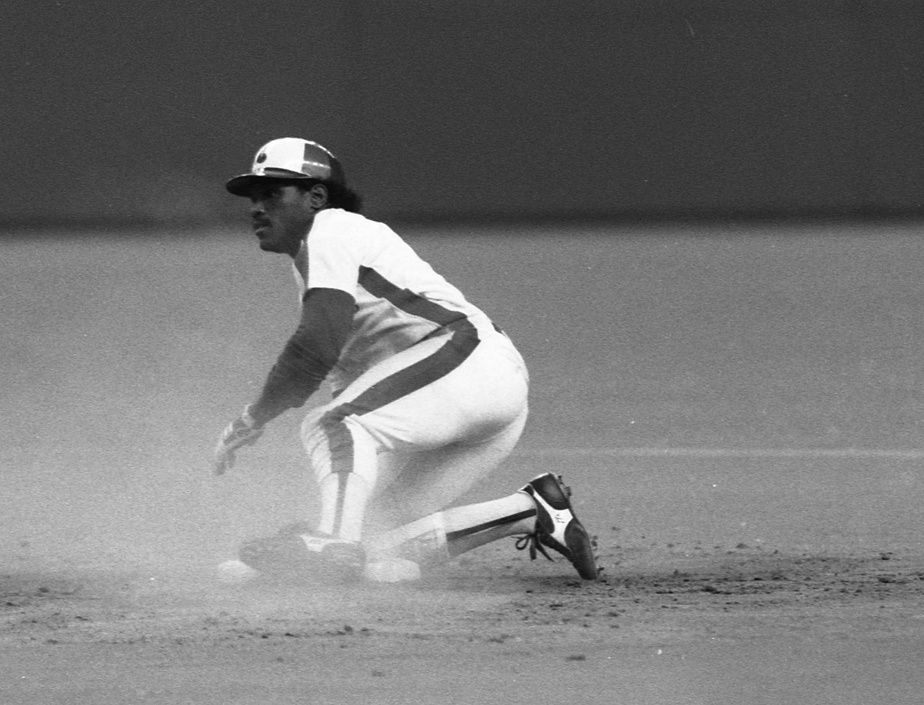
PHOTO ROBERT MAILLOUX, LA PRESSE ARCHIVES
Tim Raines
What is the record for most consecutive triples in a baseball game, and has it ever happened that consecutive triples were hit by rookie players? I have a vague memory of seeing this in an Expos game.
Andre Major
Response from Alexandre Pratt:
Incredible, but true, Boston Red Sox hitters once hit four consecutive triples in a game in 1934. Carl Reynolds, Moose Solters, Rick Ferrell and Bucky Walters accomplished the feat against the same pitcher, Firpo Marberry, of the Tigers from Detroit. As for the Expos game you’re referring to, I’m guessing it was May 6, 1981 when in a losing cause, in the ninth inning, Mike Gates, Tim Raines and Tim Wallach – three rookies – hit three consecutive triples.


